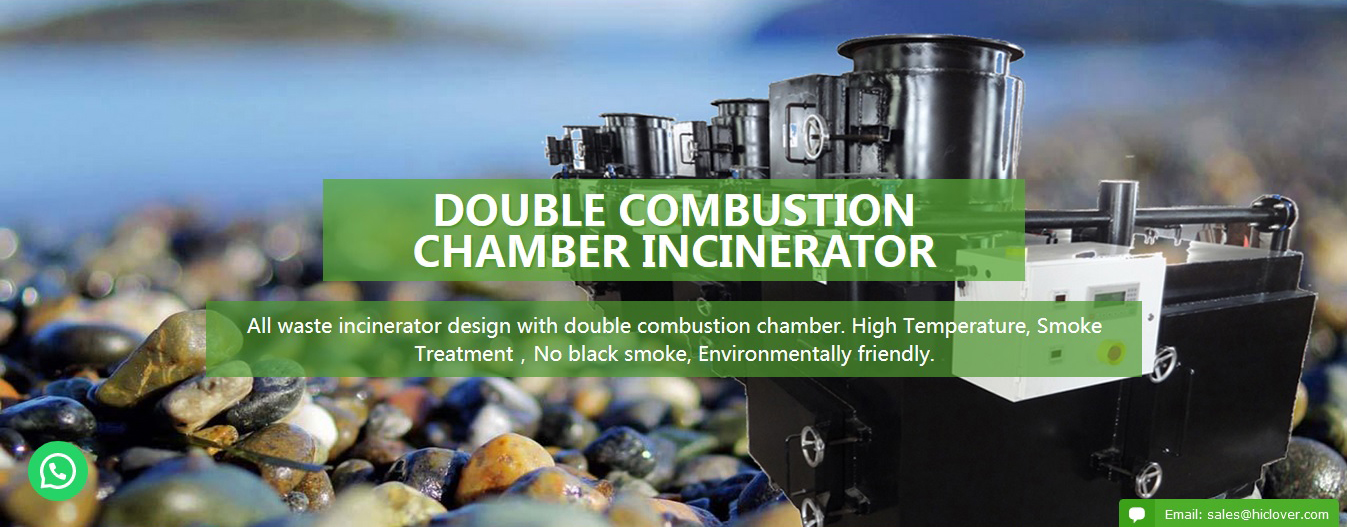As the world continues to grapple with the mounting problem of waste management, it has become increasingly apparent that a global approach is necessary to address the issue. With each country facing unique challenges and opportunities, there is much to be gained from looking to international examples of waste management strategies and solutions.
One country that has made significant strides in waste management is Sweden. With only 1% of its waste ending up in landfills, Sweden has implemented a sophisticated system of waste-to-energy facilities and recycling programs. The country has also invested heavily in advanced technologies for sorting and processing waste, leading to high rates of material recovery and energy production from waste. By prioritizing a circular economy approach, Sweden has been able to minimize the amount of waste that is sent to landfill while maximizing the value that can be extracted from discarded materials.
In Japan, the concept of “reduce, reuse, and recycle” is deeply ingrained in the culture, and it has led to the development of innovative waste management practices. One example is the widespread adoption of the “jokaso” system, where household waste is sorted into as many as 34 different categories. This meticulous sorting allows for efficient recycling and resource recovery, resulting in high rates of material reuse and a bountiful supply of raw materials for manufacturing.
Another country that has made significant strides in waste management is Germany. With its ambitious recycling targets and robust infrastructure for waste sorting and processing, Germany has achieved some of the highest recycling rates in the world. The country’s dual system for waste collection, which separates packaging waste from other household waste, has been instrumental in achieving its recycling goals. Furthermore, Germany has implemented cutting-edge waste-to-energy facilities and has prioritized the development of a circular economy to minimize waste generation and maximize resource recovery.
In Singapore, a small city-state with limited land for waste disposal, the government has embarked on an ambitious journey to become a zero-waste nation. Through a combination of waste reduction policies, advanced waste-to-energy facilities, and a comprehensive recycling program, Singapore has been able to significantly reduce the amount of waste sent to landfill. The city-state has also invested in research and development for waste management technologies, such as food waste digesters and e-waste recycling facilities, to tackle specific waste streams.
These international examples offer valuable insights into the diverse strategies that can be employed to address the global waste management crisis. From advanced waste-to-energy technologies to meticulous waste sorting systems, there is much to be learned from the experiences of countries around the world. By sharing best practices and collaborating on innovative solutions, the international community can work together to forge a more sustainable and efficient approach to waste management. With a concerted effort to learn from one another and adapt successful strategies to local contexts, the world can take significant strides towards a more sustainable and circular economy.



